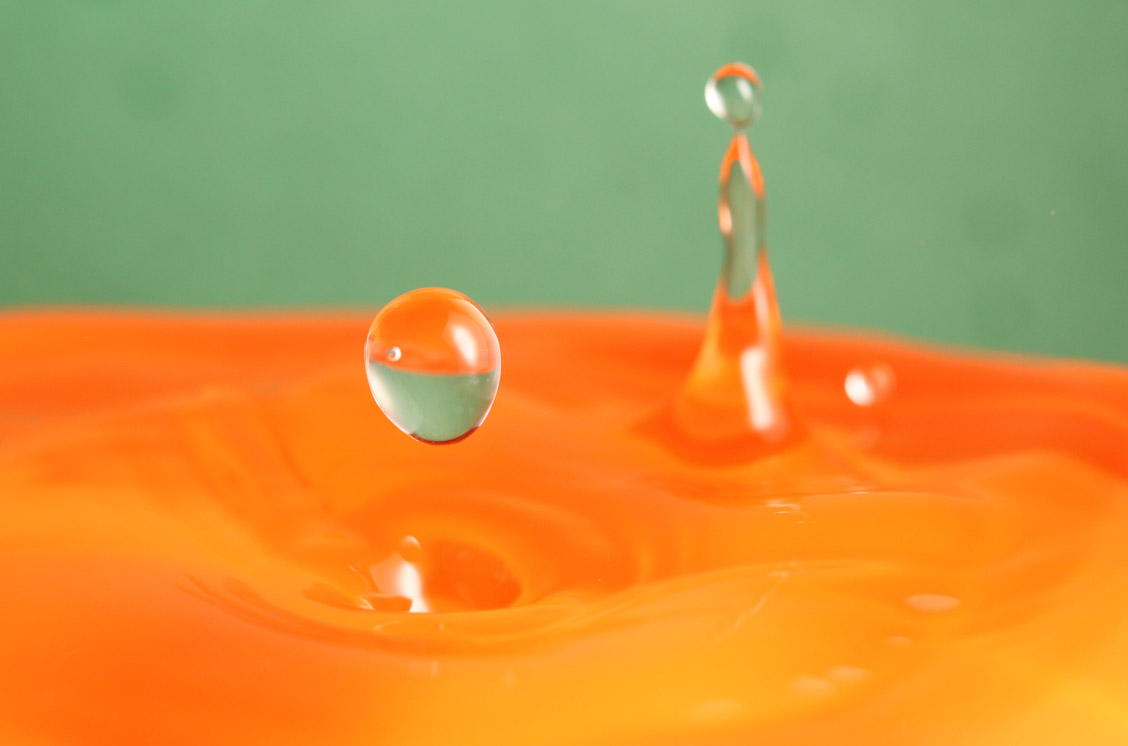You are here
Visual perception of viscous fluids

Most research on the visual perception of materials has focussed on the optical properties of surfaces (e.g., glossiness, translucency). However, 3D shape—and the way that shape changes over time—can also be highly informative about the physical characteristics of a material. For example, liquids and gels, like water, honey, and shaving foam, tend to flow and deform into distinctive shapes, depending on their physical properties. Runny liquids—like water—flow quickly, splash and spread out to fill containers and often feature ripples, eddies and other distinctive shape elements. By contrast, thick, viscous liquids—like syrup—tend to ooze more slowly and gather in piles. In this project, we seek to understand how the visual system distinguishes between different liquids based on their characteristic shapes and motions. We will use computer simulations of viscous fluid flow to create movies of liquids that vary in viscosity and map out under which conditions subjects can successfully estimate the properties of the liquids. Our goal is to identify the specific cues that the visual system uses to estimate fluid properties. This not only provides basic insights into material perception and the perceptual organisation of shape, but also has potential applications in computer graphics, for example by estimating perceptually optimised parameterisations for fluid simulation engines.



